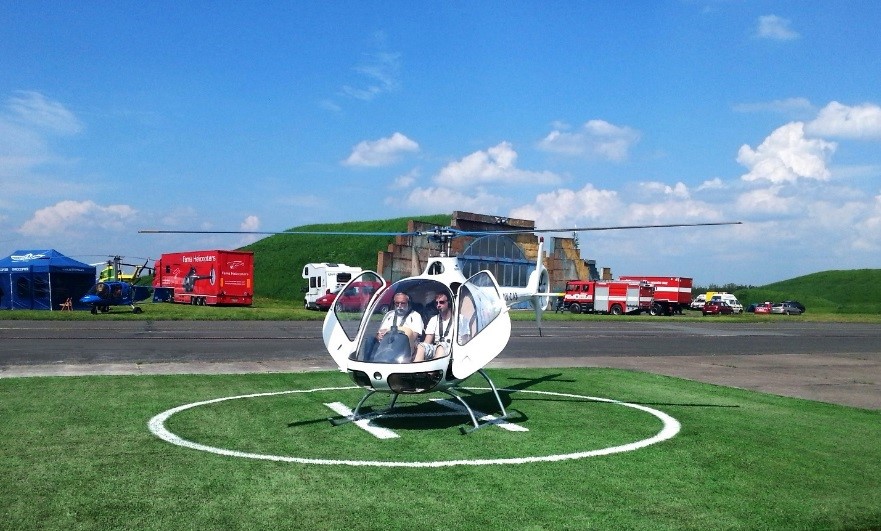
Artificial turf is appearing on more and more airfields across the globe. Reasons for its use are varied and sometimes unexpected:
- Eliminates mowing in certain areas
- Makes areas of an airfield more visible
- Neutralizes Foreign Object and Debris (FOD) on pavement
- Protects aircraft and passengers from wildlife hazard
- Stabilizes runway/taxiway shoulders and safety area
- Combats the ill effects of erosion and jet blast
- Marketing and advertising
- Reduces wear and tear on aircraft
What Does It Cost?
Installed costs of artificial turf can range from $6 to $14 per square foot, depending on the location and size of the installation. Some of the industry-leading products are “AvTurf,” developed by ACT Global and “Air FieldTurf,” marketed by FieldTurf. Both companies are large artificial turf producers known for their sports field surfaces.
What Are the Standards?
Advisory Circular (AC) 150/5370-15B provides guidance for the planning, design, installation, and maintenance of artificial turf. The turf must comply with a myriad of strict FAA standards, including drainage characteristics, skid resistance, durability, and the ability to withstand jet blast. Infill and glue down requirements are also presented. Additionally, the artificial turf must meet standards for flammability, chemical resistance, resistance to ultraviolet rays, wildlife deterrence, and plant growth. Use of the AC is mandatory for all AIP funded projects, including turf.
Where Can It Be Used?
Currently, on AIP funded projects, artificial turf may only be used in traditionally grassed areas – adjacent to pavements or on “paved” areas not intended for aircraft movement. Projects funded at the state level or by the airport may provide an opportunity to use turf as the surface on low-traffic taxiways, aprons, or even runways.
How Does It Perform?
While artificial turf has emerged as an innovative alternative to traditional turf, many installations remain relatively young. Its long-term performance and viability are still to be determined. Testing is ongoing. As an engineering firm with specialists in both artificial turf athletic facilities and airfield design, Gale is watching the growth of artificial turf on airfields with interest, and considering it where applicable to produce the best projects for our airport clients.
Tagged In:
Airport Engineering & Planning
